Talk about "spiritual" experience, this is it. I have camped, fished, hiked, swam with dolphins and fish, white water rafted, cross country skied, and finally, just sat and listened and talked with the animals. It has added so much to my experience of living, that I would never trade in that experience for any amount of money in the world.
The same is true of visiting other countries. We have a marvelous world here that we live in and we must awaken to that fact, since the globalists want to deprive us of that pleasure by their greed and avarice. They want to mine the planet into oblivion for natural resources, they can exploit. That is what globalizing is really all about. The take over of all our natural resources without regard to what the extraction process harms or what it kills.
Remember, these are satanists and "death" is their food and sustenance. Life is an assault to them, so they care not one wit about any living thing except themselves. They are narcississts by nature and dangerous to all living things including our living planet. Something to think about. Could you live in a world barren of all life except them? I couldn't, so I am willing to do what it takes to ensure that never happens. Satanists are more than welcome to go spend time with their master in his lair of fire and brimstone.
A Dolphin Asks A Human For Help On A Night Dive Near Hawaii This Summer: Dog Cares For Abandoned Human Baby.
http://politicalvelcraft.org/2013/09/25/a-dolphin-asks-a-human-for-help-on-a-night-dive-near-hawaii-this-summer-dog-cares-for-abandoned-human-baby/
Posted by admin, Political Velcraft, 2013
We have seen animal rescue, but rarely have we seen the animal search for humans to save it! On a night-time dive near Hawaii, 2 divers were found by a bottlenose dolphin and started to swim around them over and over again. When looking closer, one of them discovered the reason for this strange behavior – the dolphin had a fishing line hooked around it, hindering its ability to swim.
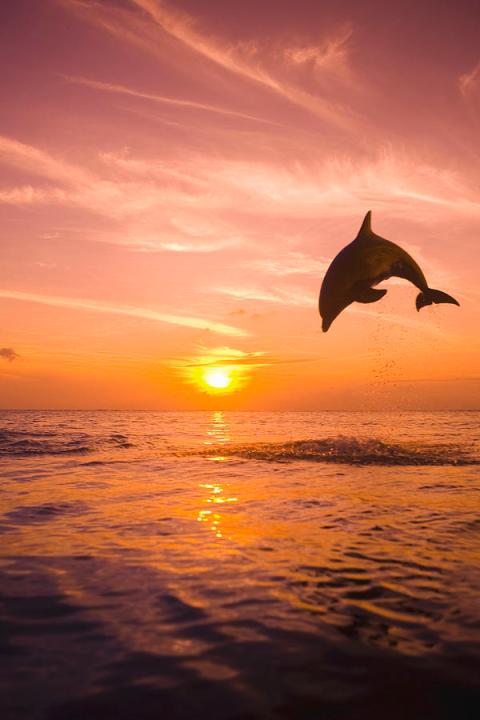
Bottlenose Dolphin Playing With The Sunset.
They cut him free, and the dolphin swam away, relieved. The fact that a dolphin would come to humans for help is once again evidence of its amazing intelligence, as most injured animals would never come close to a human and would actually be aggressive and defensive. This is amazing to watch and a life-time experience for those two divers, who got to share a moment of true understanding with a wild animal. Babamail
https://www.youtube.com/watch?feature=player_embedded&v=2gvgkHSyKFE
Babamail
Dog Rescues Abandoned Human Baby
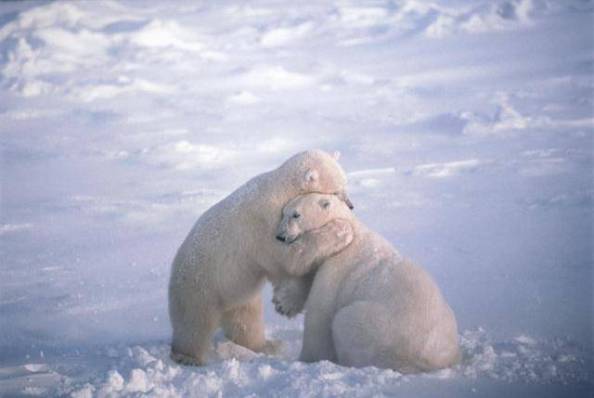
Stray dog takes human baby back to its litter after mother left it to die
NAIROBI: A nursing dog foraging for food found an abandoned baby girl in a forest in Kenya and carried the infant to its litter of puppies, witnesses said yesterday.
The stray dog carried the infant across a busy road and a barbed wire fence in a poor neighbourhood near the Ngong Forests in the capital, Stephen Thoya told the independent Daily Nation newspaper.
The dog apparently found the baby on Friday in the plastic bag in which the infant had been abandoned, said Aggrey Mwalimu, owner of the compound where the animal is now living. It was unclear how the baby survived in the bag without suffocating.
Doctors said the baby had been abandoned about two days before the dog discovered her. Medical workers later found maggots in the infant’s umbilicalcord, a product of days of neglect, said Hannah Gakuo, the spokeswoman of the Kenyatta National Hospital, where the girl was taken for treatment.
No one has yet claimed the baby, she said. But the 3.3kg infant “is doing well, responding to treatment, she is stable.. – she is on antibiotics”, Gakuo said. Workers at the hospital are calling the child Angel, she said. Unwanted infants are often abandoned in Kenya.
Poverty and mothers’ failed relationships with fathers are often blamed for the problem, and Kenya’s weak law enforcement and social security systems mean that most women who abandon babies are never caught.
“Abandoned babies are normally taken to the Kenyatta National Hospital because it is a public hospital,” Gakuo said. “People are now donating diapers and baby clothes for. this one.”
Second Article:
Kenyans eager to adopt baby ‘Angel’ rescued by ‘Saviour’
- Sapa-AP NAIROBI:
The stray dog that rescued a newborn girl abandoned in a Kenyan forest has been given a home and a name – Mkombozi, or Saviour – and offers to adopt the tiny infant dubbed Angel were yesterday pouring into the hospital where she was being cared for.
“The publicity on the way the baby was rescued has sparked a lot of public interest in helping her,” said Hannah Gakuo of Kenyatta National Hospital, where the baby is being treated for an umbilical cord infection and exposure to cold weather.
The stray dog that saved the child, struggled to cope with newfound celebrity status yesterday, a day after its last surviving puppy died for unknown reasons, said Jean Gilchrist of the Kenya Society for the Protection and Care of Animals.
Animal welfare officials gave the dog its first bath and de-worming yesterday.
“She looks a bit depressed, so we’d like to examine her to see if she has a temperature or any other problem,” Gilchrist said.
“She wasn’t happy when we all poured into the compound. She decided to leave, but kids in the compound brought her back for the bath as she was full of ticks.” Mary Adhiambo, a resident in the compound where the dog lives, said Mkombozi apparently found the baby on Friday in a plastic bag.
The dog reportedly dragged the child, named “Angel” by health workers, across a busy road and through some barbed wire to the shed in the poor Nairobi neighbourhood where puppies from two stray dogs were sheltering.
Unwanted infants are often abandoned in Kenya, with poverty and failed relationships frequently to blame. Kenya’s weak law enforcement and poor social security system mean few people who forsake their babies are found and brought to trial.
The baby was discovered after two children alerted elders that they heard the sound of a baby crying near their wooden and corrugated-iron-sheet shack. Residents found the mixedbreed dog lying next to the baby along with her own pup.
Residents took the child to a nearby police station to record a statement, before taking her to the Kenyatta National Hospital for treatment.
“People have been calling the hospital, asking about the possibility of adopting her,” Gakuo told The Associated Press.
Officials in the government’s Children Department were not immediately available for comment on the problem of abandoned babies and the possible fate of Angel.
God’s Creation
The article is reproduced in accordance with Section 107 of title 17 of the Copyright Law of the United States relating to fair-use and is for the purposes of criticism, comment, news reporting, teaching, scholarship, and research.
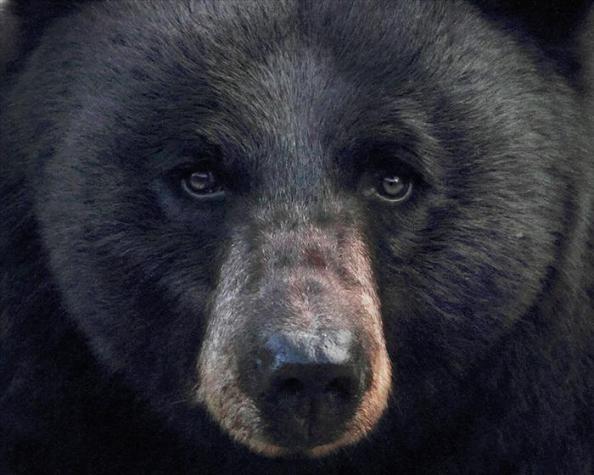
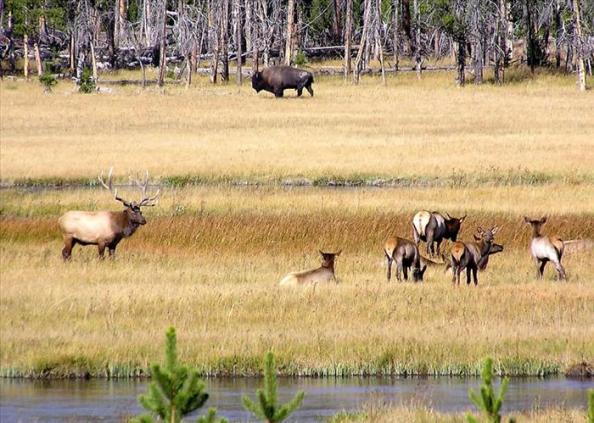
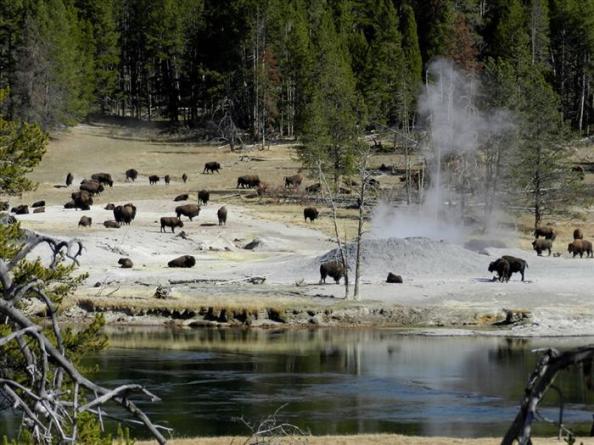
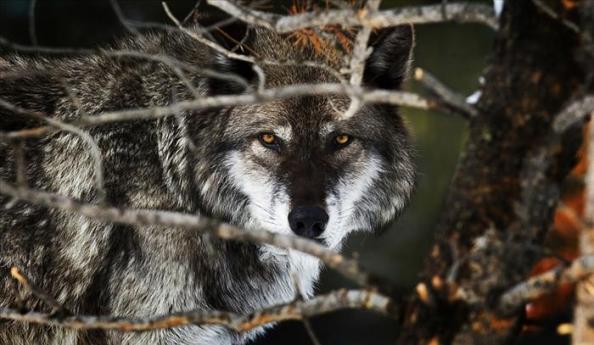
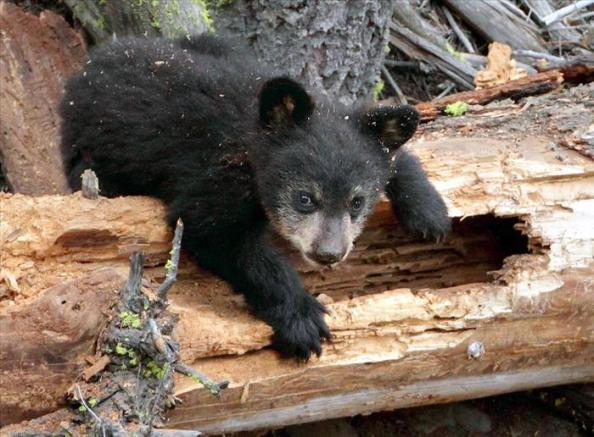
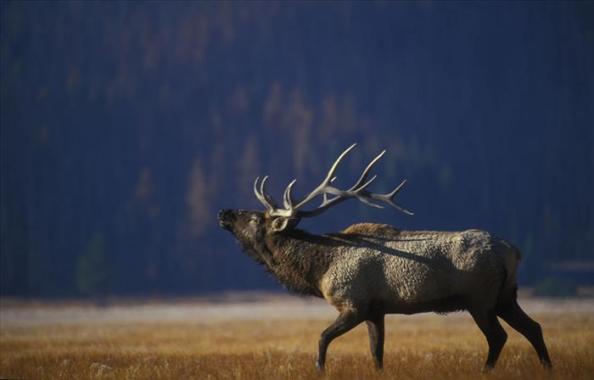
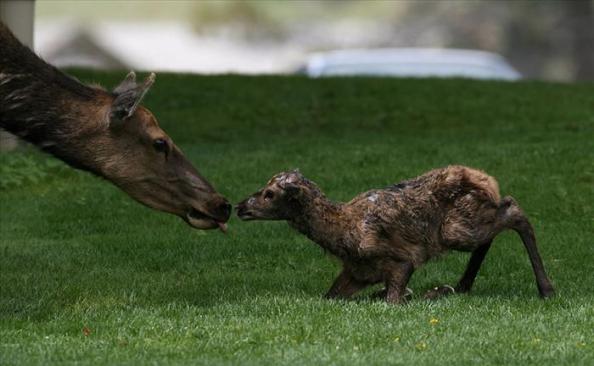
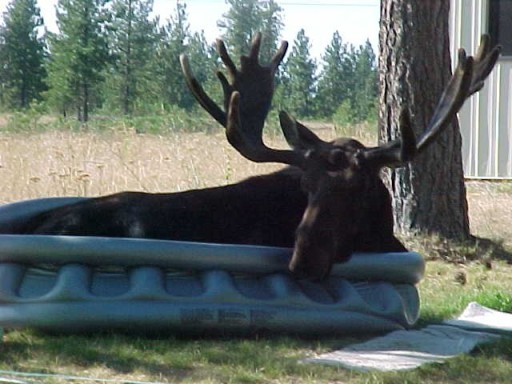
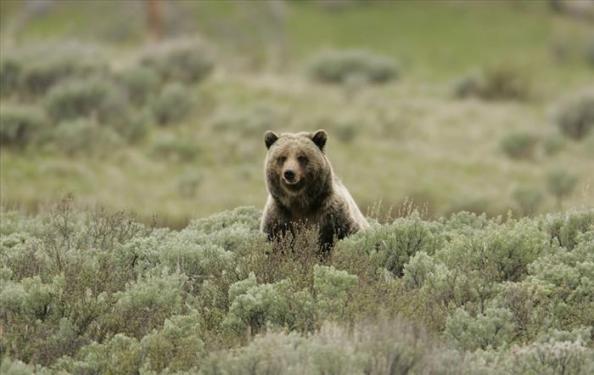
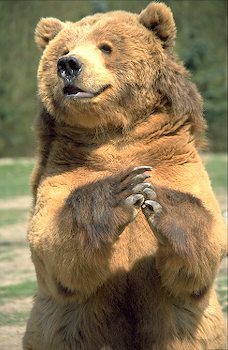
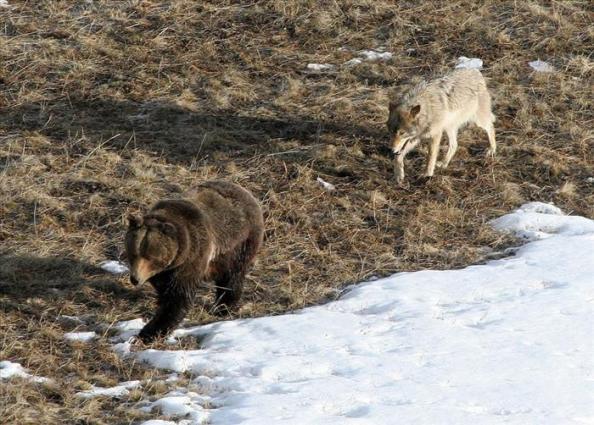
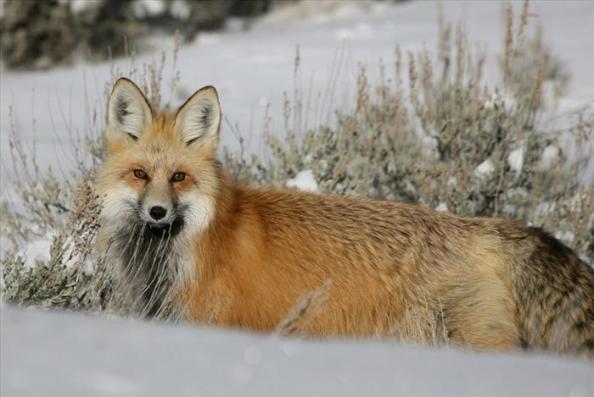
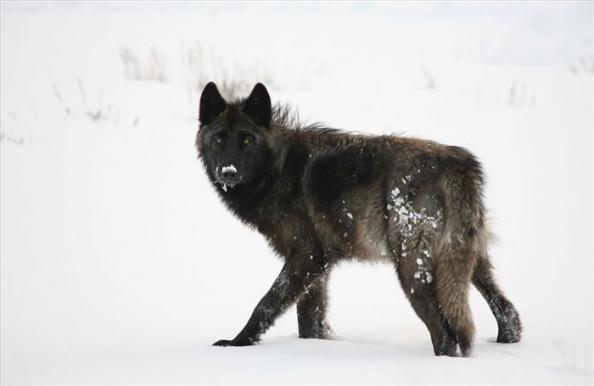
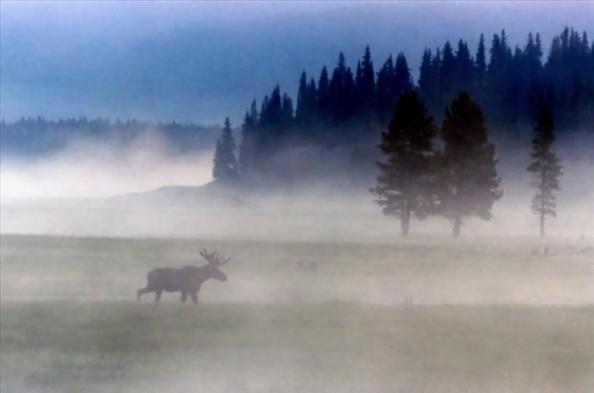
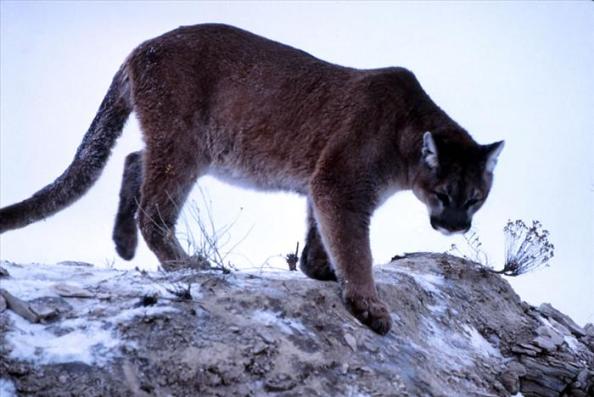
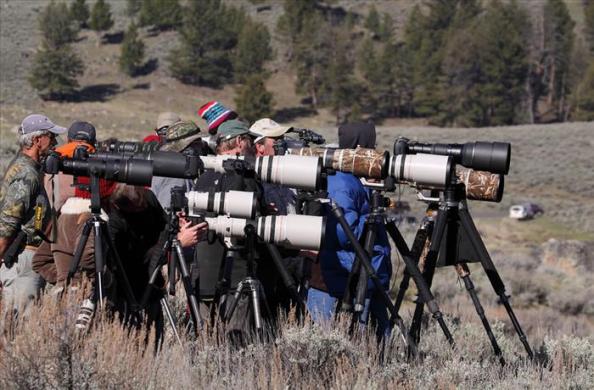
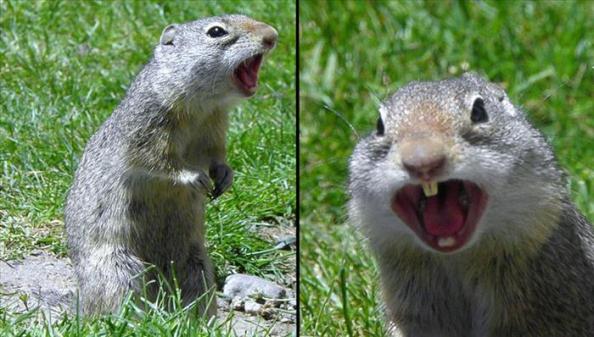
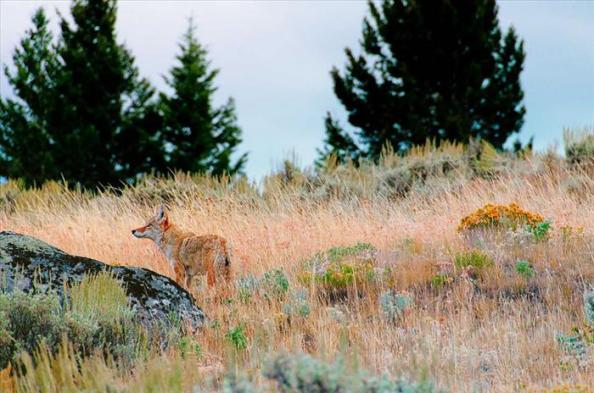
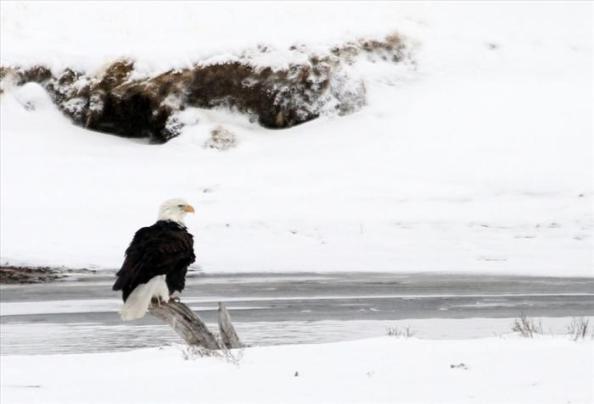
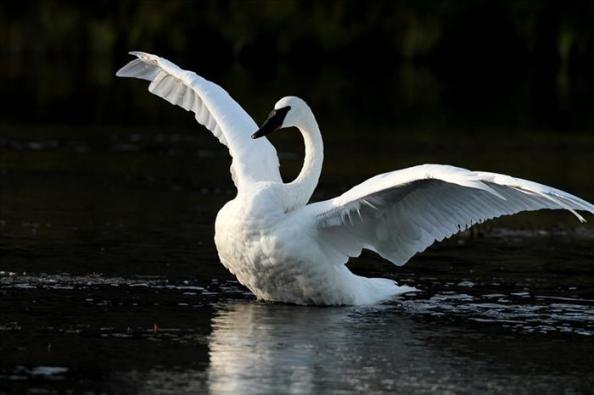
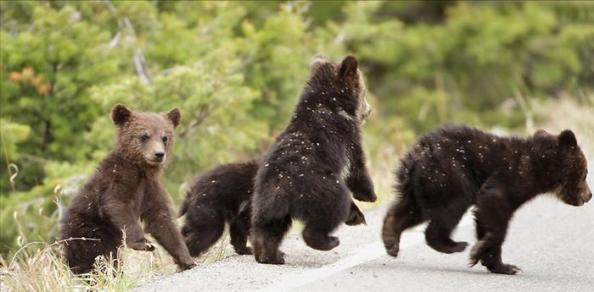
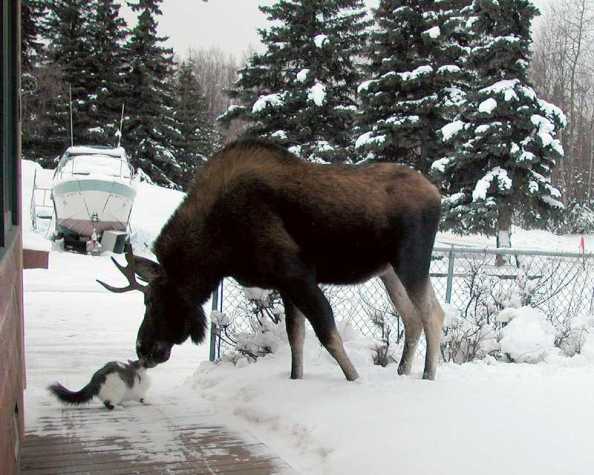
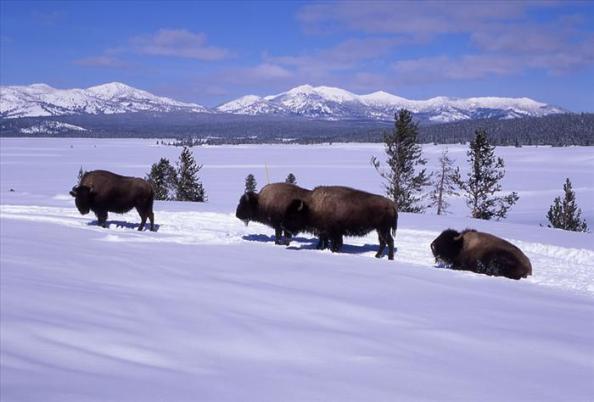
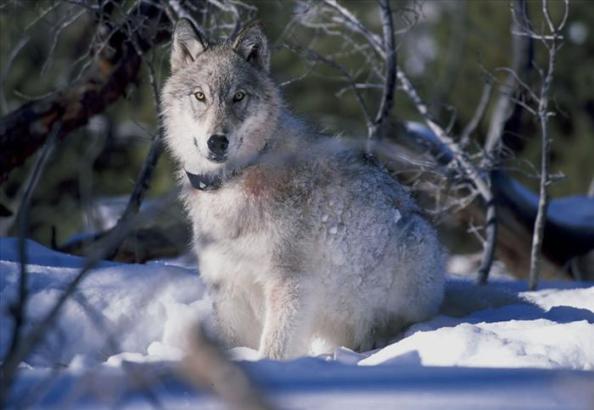
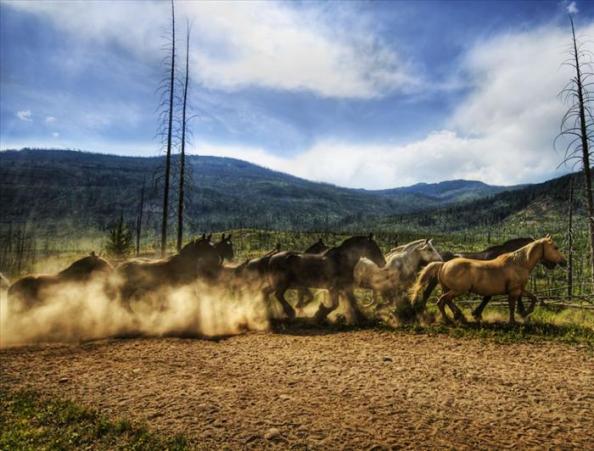
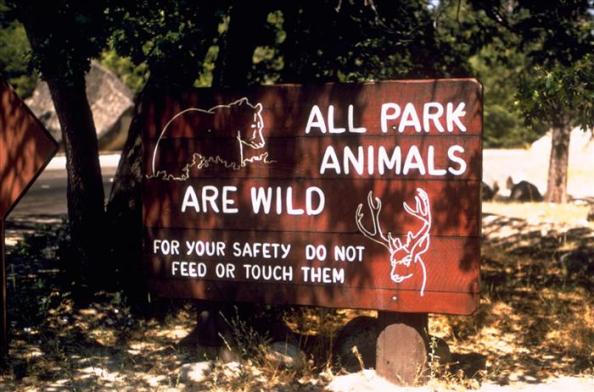
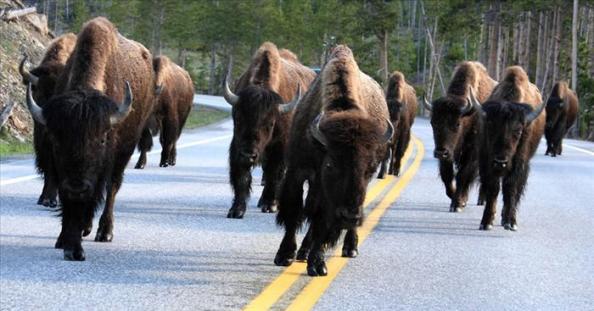
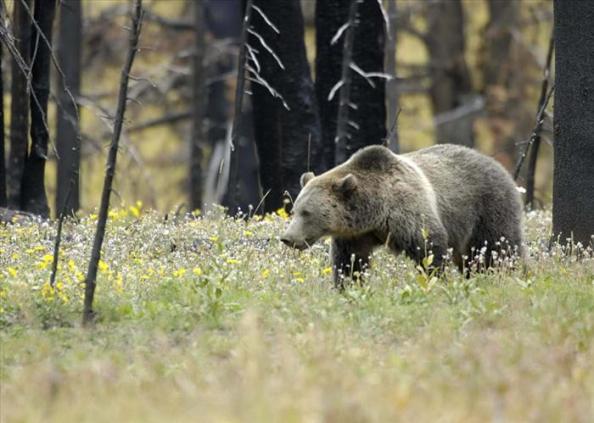
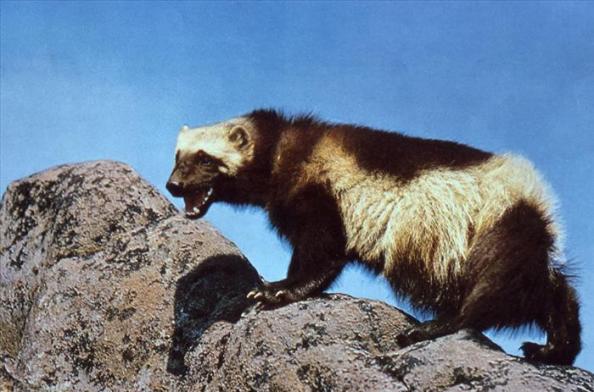
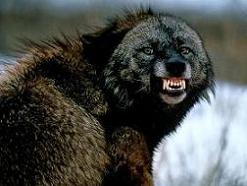
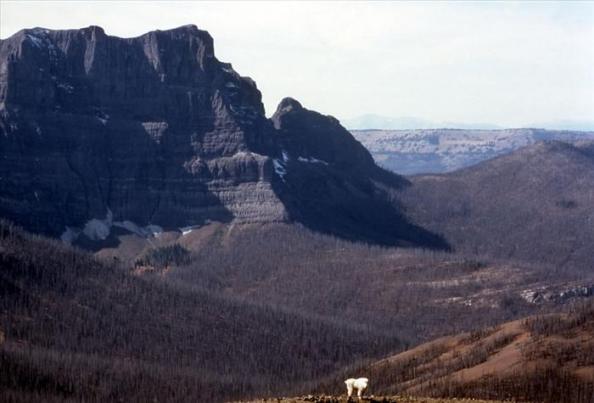
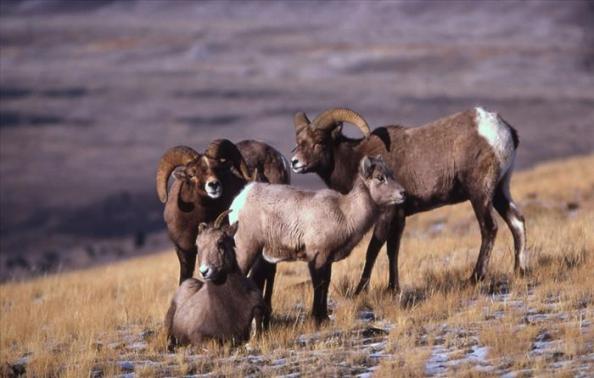
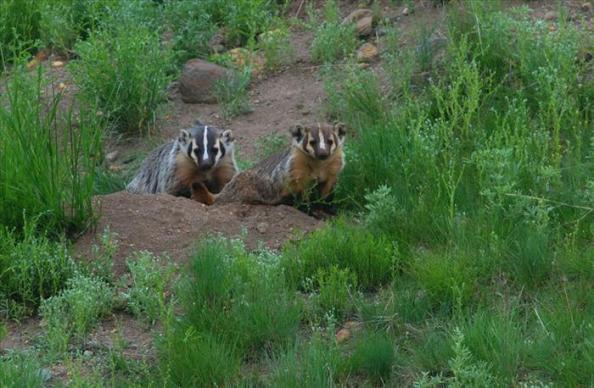
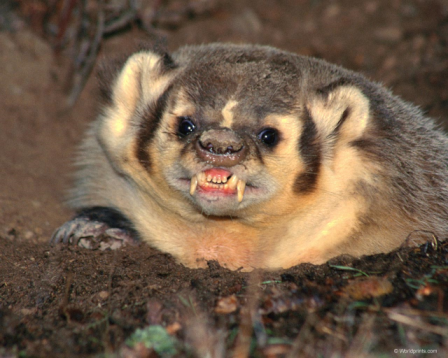
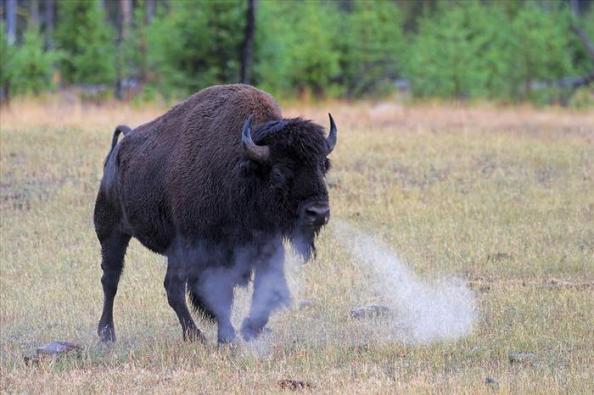
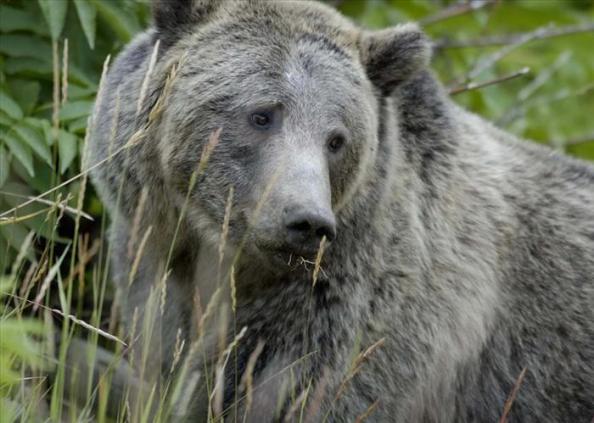
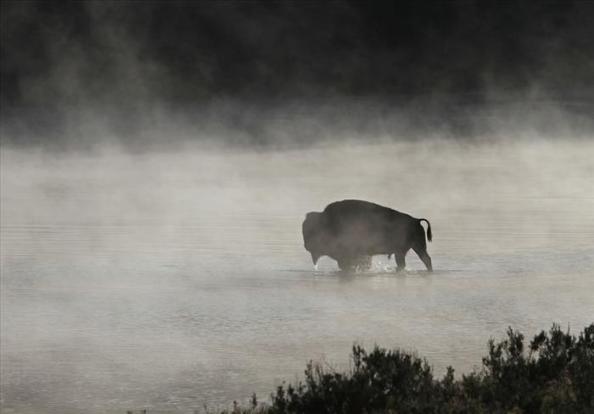
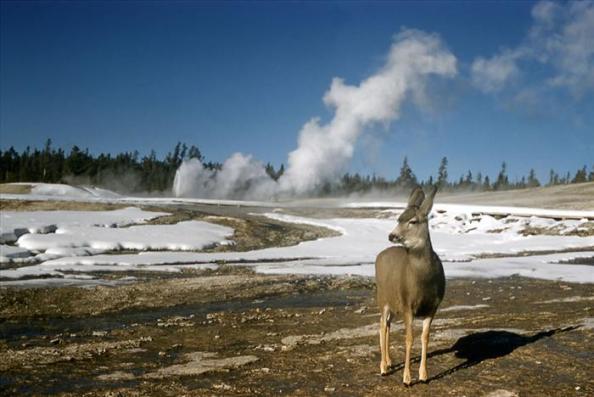
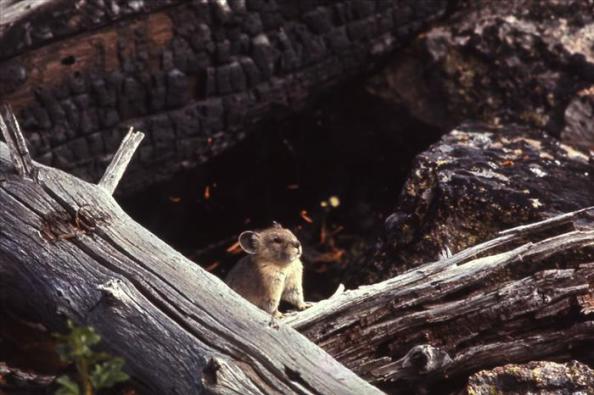
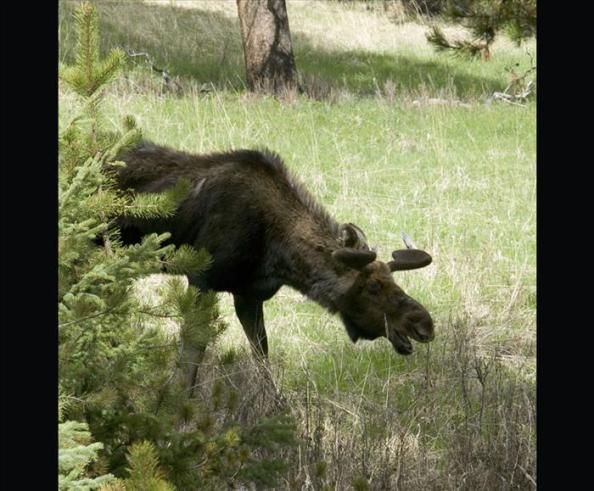
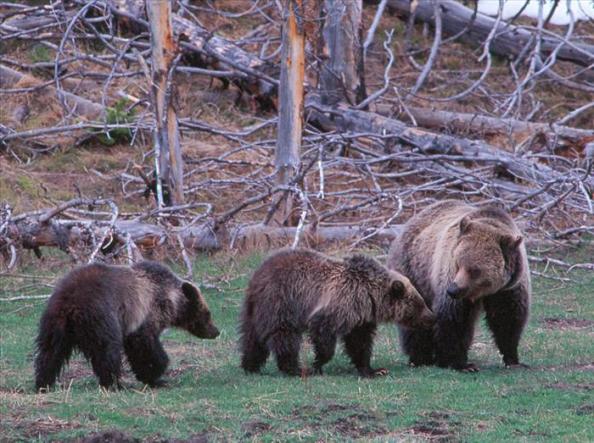
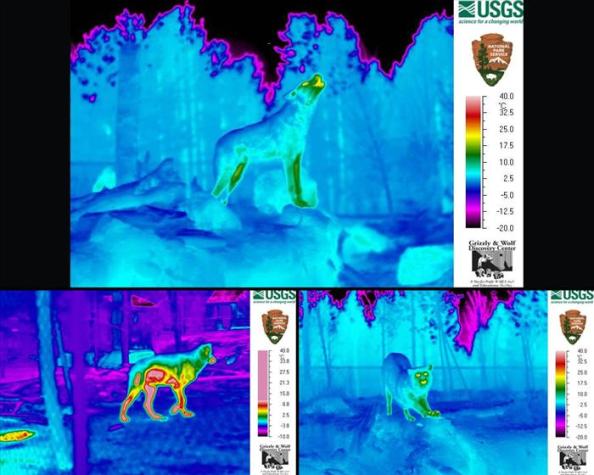
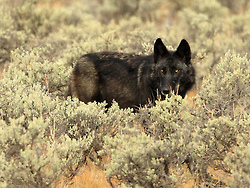

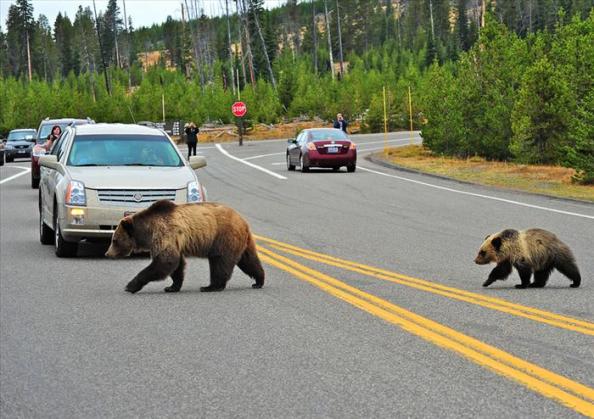
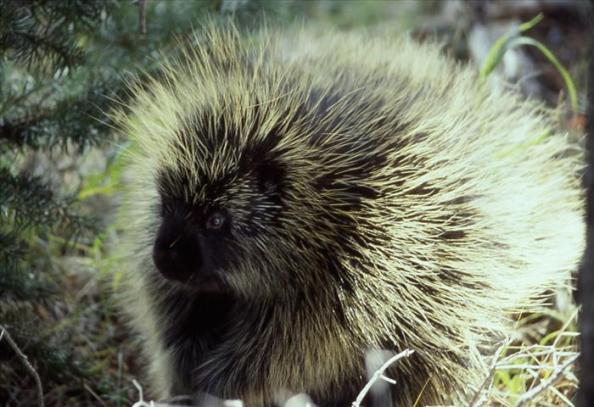
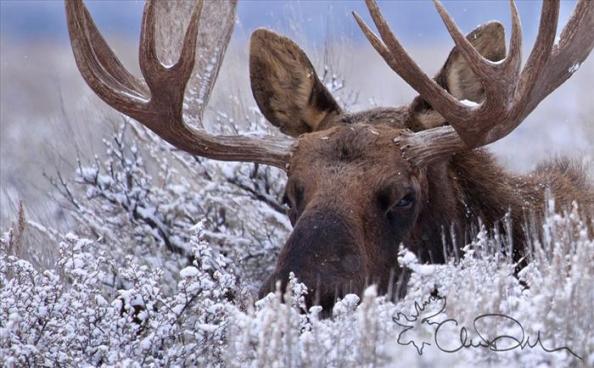
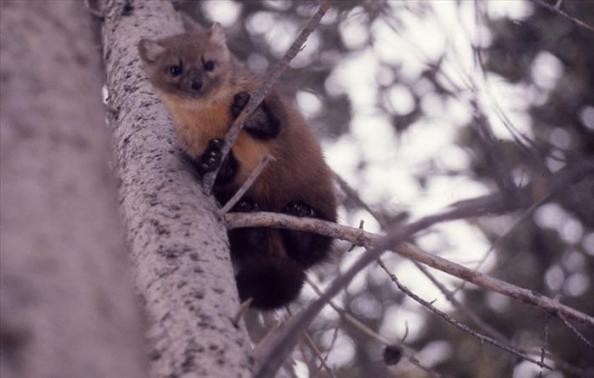
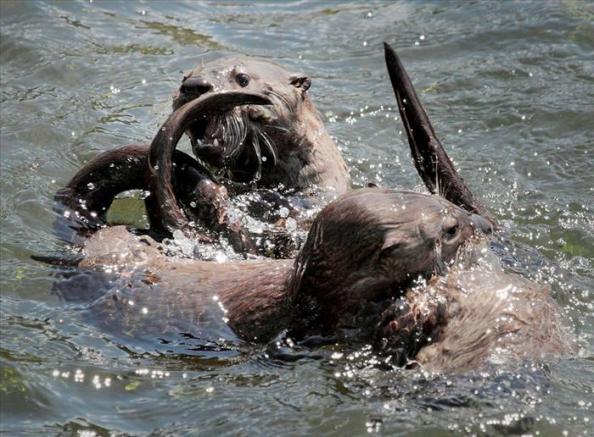
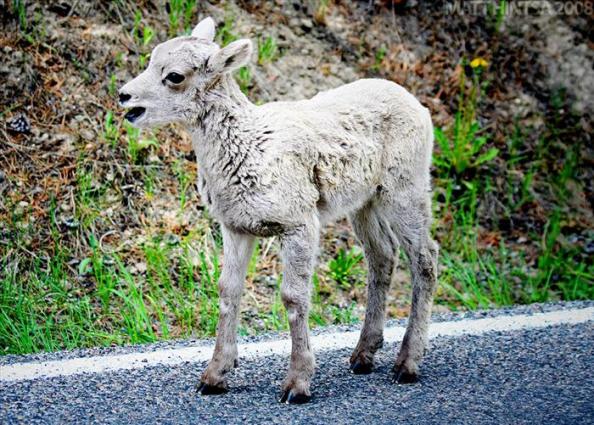
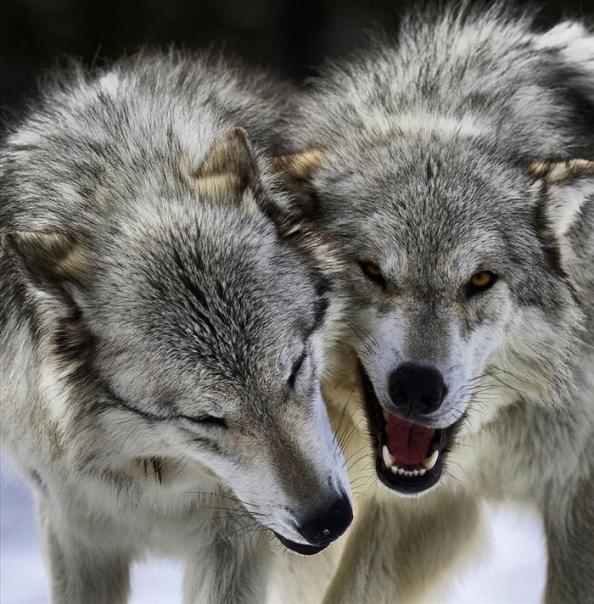
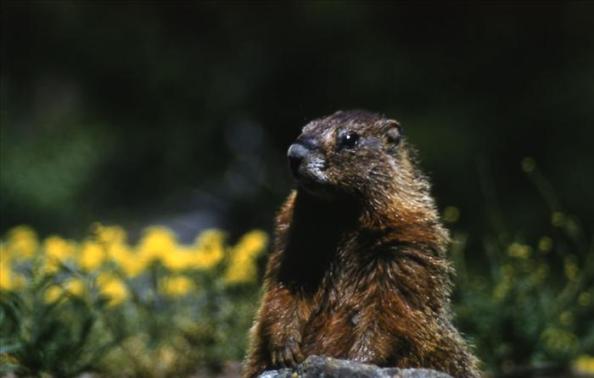
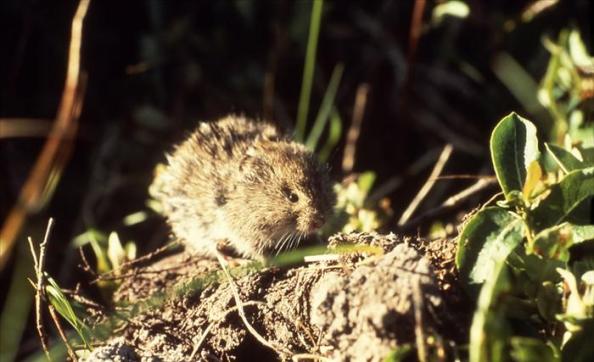
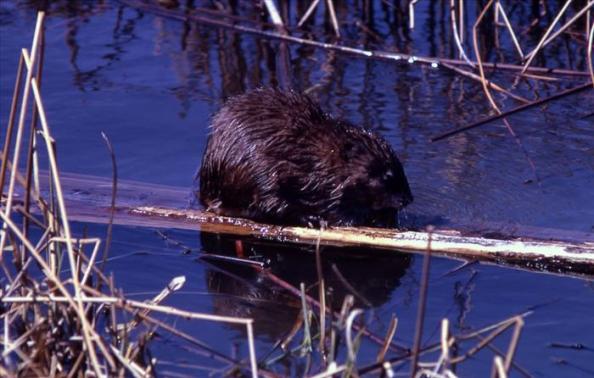
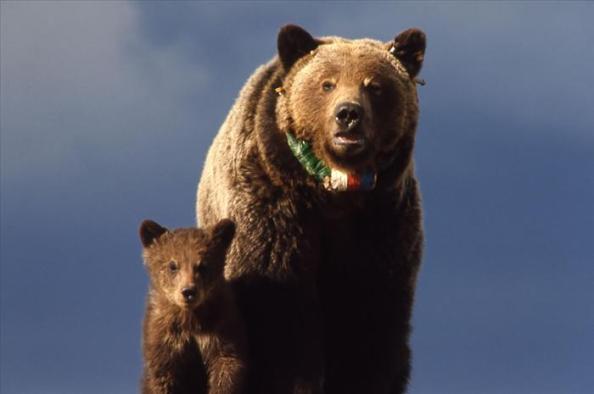
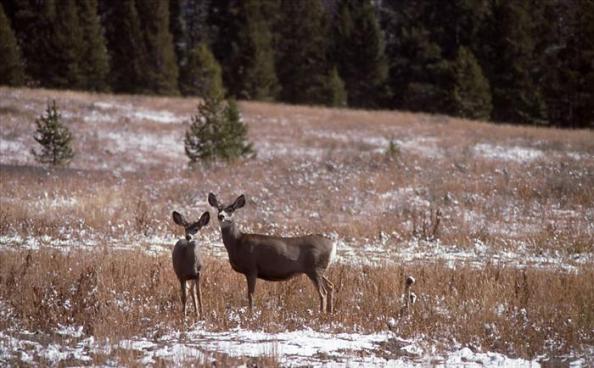
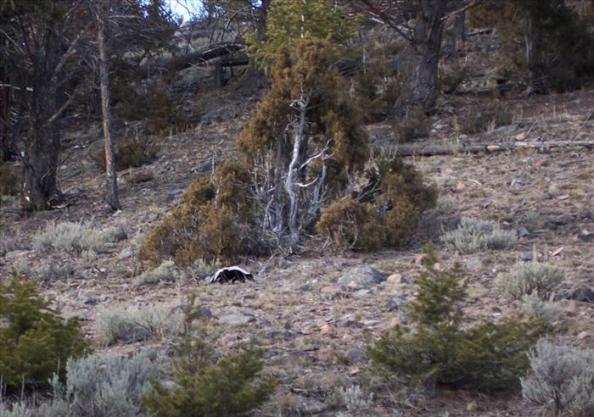

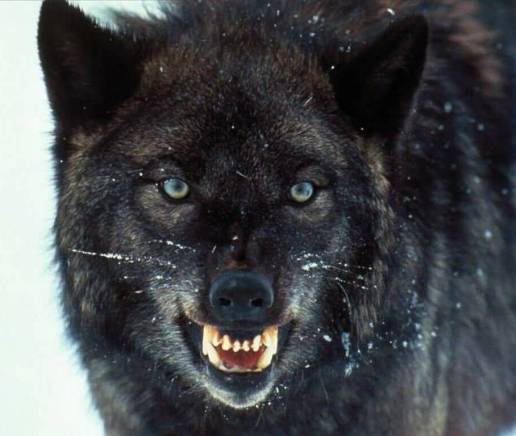
No comments:
Post a Comment